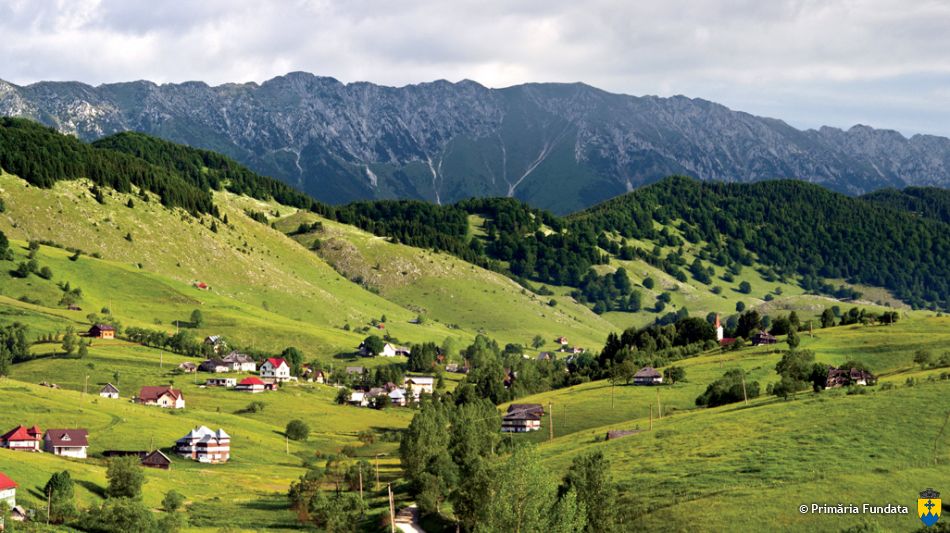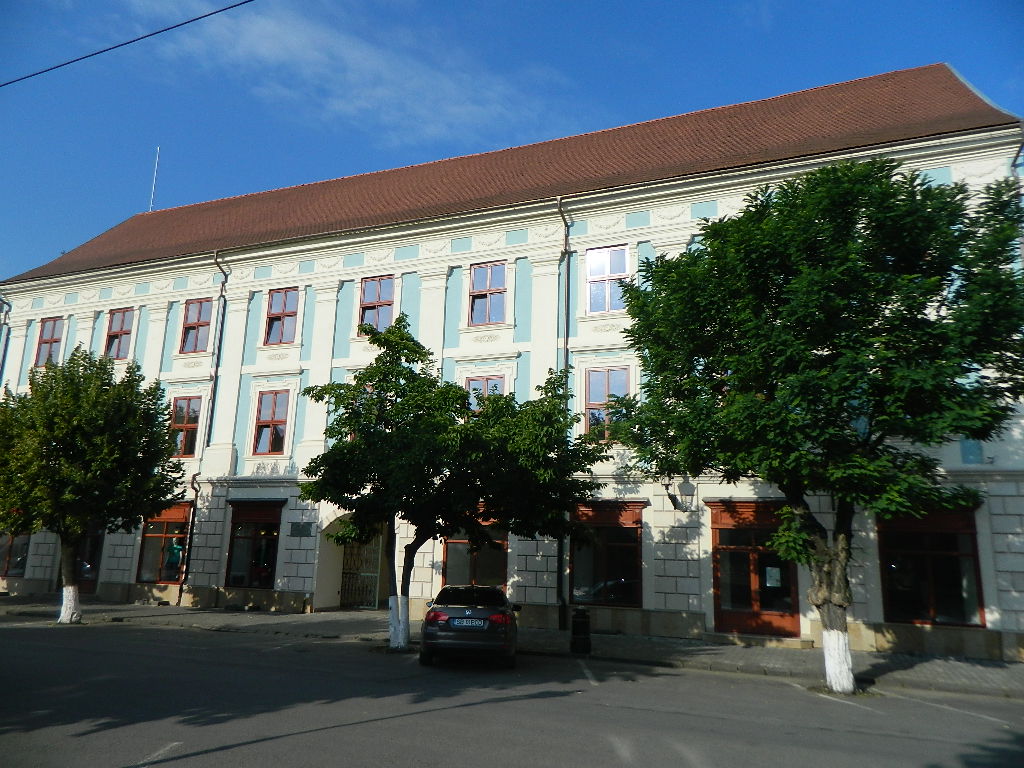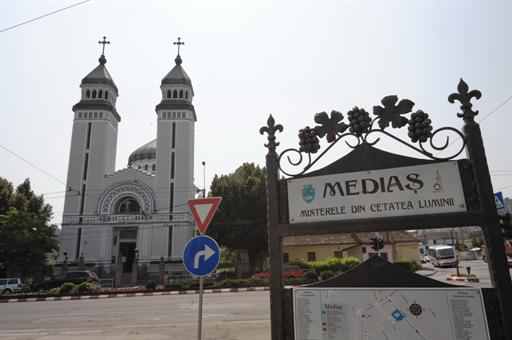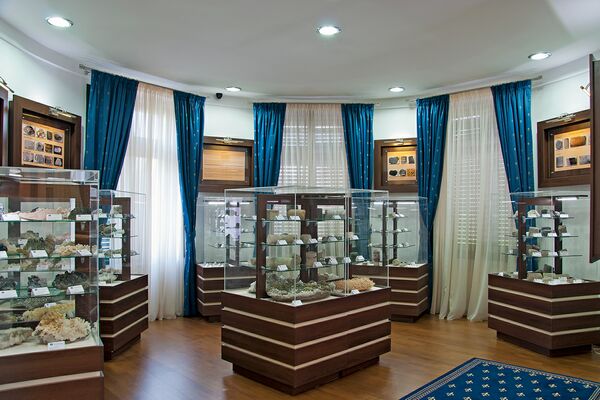Exile and homeland – in Ovid’s footsteps through Romania (from Transylvania to the Black Sea)
(Guided individual trip with minibus/HP)
Contact person:
Ladislau Ciocan / Dr. Heike Lammers-Harlander
Travel companion:
Ladislau Ciocan / Dr. Heike Lammers-Harlander / Victor Scheel
Overview
Day 1 (11. August 2017, Friday) Munich – Sibiu – Alba Iulia
Day 2 (12. August 2017, Saturday) Alba Iulia – Sarmizegetusa – Castelul Corvinilor – Alba Iulia
Day 3 (13. August 2017, Sunday) Alba Iulia – Media
Day 4 (14. August 2017, Monday) Daneé – Cria – Bazna – Cetatea de Balto – Dane
Day 5 (15. August 2017, Tuesday) Daneé – Corund – Praid – Lacul Rou – Bicaz-Chei – Piatra Neam
Day 6 (16. August 2017, Wednesday) Piatra Neamé – Moldovan Monasteries – Piatra Neamé
Day 7 (17. August 2017 Thursday) Piatra Neami – Foc’ani – Br sila – Tulcea – Constance
Day 8 ( 18. August 2017, Friday) Constance
Day 9 (19. August 2017, Saturday) Constance – Bucuresti
Day 10 (20. August 2017, Sunday) Bucuresti – Sinaia – Zéreneti
Day 11 ( 21. August 2017, Monday)
Bine ati venit!
2000 years ago, the poet Ovid fell silent in Tomis, today’s Konstanza. The Roman “poet star” was the long-time stay on the Black Sea (from 8 to 17 n. Chr.) not put into the cradle – The emperor Augustus had banished him there, because Ovid had seen what he should not have seen, had written what he should not have written … Ovid had to exchange Rome, the capital of the world, with the end of it, and wrote from the forced whereabouts the first exile literature of the world, in letters and a biographical justification. Nevertheless, he seems to have gradually arranged himself with Tomis: he also finds words for his poetry in the new language.
Romania is a country where many foreigners came, sometimes stayed longer and left their mark and left again.
Our journey traces the locals and strangers, the Dakern, for whom the land was home, the Romans who came as occupiers and recognized the wealth of the land, the Hungarian kings and their nobility, who called Transylvania their property, the Transylvanian Saxons, who lived in their new homeland democracy and economic prosperity, not least the Romanian and Moldovan rulers and their subjects, who rebuilt their country after each invasion and, despite painful experiences, every new stranger hospitable.
Day 1 (11. August 2017, Friday) Munich – Sibiu – Alba Iulia (1300 km + 76 km)
Early in the morning our group leaves Donauwörth. By train we go to Munich Airport, to our flight to Sibiu/Hermannstadt. There we continue by coach to Alba Iulia/Karlsburg, where we will stay twice. In the afternoon we will explore the historic place, which was already inhabited in the Neolithic period. A prelude, as it could not be better! The eventful history of the Daker/Roman/Hungary-Austria fortress Alba Iulia reflects Romania’s past on a small scale.
Day 2 (12. August 2017, Saturday) Alba Iulia – Sarmizegetusa – Castelul Corvinilor – Alba Iulia (230 km)
As the weather plays along, we start the day in Sarmizegetusa Regia, the former fortress and capital of the Dak empire in the middle of the Transylvanian mountain forests. Sarmizegetusa, a World Heritage Site in Romania, is overwhelmed by its extensive complex, which heralds the importance of its former inhabitants. The second half of the day we spend in the Castle of the Ravens, the residence of the Hunyadi family, whose most famous member was the Hungarian King Matthias Corvinus (1443-1490). His empire extended to Vienna, which he made his residence city. Under his rule, the Renaissance gained a foothold north of the Alps. Another involuntary guest of Hunedoara Castle was Vlad III. Draculea (Tepes), who lived here for a long time as a prisoner.
Day 3 (13. August 2017, Sunday) Alba Iulia – Mediaa -Danea (109 km)
On this day we dive deep into the Transylvanian-Saxon world. On the occasion of the 750th anniversary of the city of Mediasch, Mediascher Saxony from all over the world are celebrating their hometown this weekend. We take part in the celebrations of this Sunday, which begin with an evangelical divine service (Augsburg Confession) in the MargaretChurch of Media. After the divine service, an apple tree is planted in the parish garden in memory of the Reformation year 1517. Afterwards we visit the opening of the exhibition “500 Years of the Reformation in Transylvania”. We will be able to experience that the Transylvanian Saxons also attach importance to cosiness in the Greweln beer garden. With Mici and beer or wine, it can be perfectly parried over the Saxon homeland with the mediaschers. The bus takes us to the quarter in Malmkrog or Danes
Day 4 (14. August 2017, Monday) Daneo – Crico – Bazna – Cetatea de Balto – Daneo (120 km)
The new week starts with Kreisch! There are the picturesque ruins of the seat of the Hungarian noble family Bethlen, which is often referred to as the most beautiful castle of the Transylvanian Renaissance. After visiting this castle, which has been accessible again for only a few years, we continue to Baaßen, where the Transylvanian country life awaits us. We visit a shepherd and his herd of 600 animals and gain an insight into the traditional form of sheep farming in Romania. In the evening, the culinary Transylvania awaits us in the Kokelburg. The owners famous for their wine growing (Jidvei) invite us to a tasting of their top products. Enjoyment in the sign of history, because here too we are on historically significant ground. And so there are anecdotes from the hot phases of the wine country to the cool trunk …
Day 5 (15. August 2017, Tuesday) Danea – Corund – Praid – Lacul Rou – Bicaz-Chei – Piatra Neamé (216 km)
On Tuesday, it is time to say goodbye to Transylvania. First, the journey goes to the heart of the sectarian area. Our first stop is the small town of Corund, known across the borders of Romania for its pottery. We visit a traditional pottery and let ourselves be introduced to the secrets of the old craft. After that, rest is called for! In the Praid salt mine, we take a deep breath before making our way through the Carpathians. At the idyllic red lake we stop, then we continue through the spectacular and breathtaking Bicaz gorge. The goal of today’s stage is Piatra Neamt, “Deutschstein”. The daring among us can see the city there by gondola from a bird’s eye view.
Day 6 (16. August 2017, Wednesday) Piatra Neamé – Moldovan monasteries – Piatra Neamo (330km)
Piatra Neamt is the starting point of a day of travel to some of the most beautiful Moldovan monasteries in Bukovina. The programme includes the monasteries of Sucevita, Humor and Voronet, which are part of Romania’s World Heritage Site. The monasteries were built under the aegis of the Principality of Moldova between the 15th century and the Prince. And 16. Century. Impressive is the colour of their frescoes, but also the deep Orthodox piety that can be clearly felt in these bastions of faith.
Day 7 (17. August 2017 Thursday) Piatra Neami – Foc’ani – Brsila – Tulcea – Constance (450km)
Today we drive to the Black Sea, to Konstanza, the place of Ovidian exile. The route runs via Braila past Tulcea, the gateway to the Danube Delta, with a stopover in Enisala, directly to Konstanza.
Day 8 ( 18. August 2017, Friday) Constance (day on site)
The Day of Truth! In Ovid’s footsteps we explore the modern Konstanza, starting with the Archaeological Museum, in front of which the statue of the Roman poet looks down at the visitors from above. Was his exile life really as bleak as he would have us believe in his Roman homeland at the time? Or was the literal bear stepping even then, as the beach promenade to the casino suggests for the modern age? The trail passes Roman ruins, the Genoese lighthouse from the 13th. In the 19th century, into a place where antiquity and modernity, strangers and homeland meet. The evening in Konstanza ends with a fish dinner on the Black Sea.
Day 9 (19. August 2017, Saturday) Constance – Bucuresti (290km)
It continues to the capital of Romania. The metropolis Bucharest with about 2 million inhabitants we get to know during an extended city tour by bus. But what would be a stay in Bucharest without a visit to the Palace of Parliament, a building of superlatives in every respect. Next to the Palace of Parliament, we see the construction site of the Cathedral of The People’s Redemption, which is due to be completed in 2018. It then replaces the Patriarchal Cathedral of Saints Constantine and Helena, which we will visit afterwards. How the Romanian population built their houses in the course of time, we then experience in the village museum “Dimitrie Gusti”. In the evening, the hustle and bustle in Klein-Paris awaits us.
Day 10 (20. August 2017, Sunday) Bucuresti – Sinaia – Zéreneti (177km)
Through the Carpathians we return to Transylvania, into the Burzenland. Before we reach the Carpathians, we make a stopover in the monastery of Snagov, not dissimilar to the lake, in which Vlad III. Draculea is said to have been buried , although his grave does not contain any bones. In the middle of the Carpathian Mountains lies the romantic castle of Pelea, built for the first Romanian king (from the house of Hohenzollern-Sigmaringen) Carol I. As in Sleeping Beauty, the castle and its furnishings have survived the century since the king’s death in 1914. In the nearby winery Azuga we come across the past and future of the host country at a tasting with the world-famous sparkling wine. If there is still a desire to visit the notorious Bran Castle, we will make a detour there before we reach the Vila Hermani, known from last year’s trip.
Day 11 ( 21. August 2017, Monday) Zérnéti – Céra – Avrig – Sibiu (136km)
In the late afternoon, the flight goes home. On the way to Sibiu we will once again immerse ourselves in the Transylvanian world. On the program is a visit to the monastery ruins of Kerz, a Cistercian abbey from the 13th century. The period before the Reformation was reported in the 19th century. Afterwards we look after the palace of the Transylvanian noble family Bruckenthal. From here it is only a few meters to the Schellenberg – which is also in front of Hermannstadt. In the distance, so close …
Drum bun!
Please note: The trip leads again and again to places that are not “touristically developed”, but have been able to preserve their authenticity. However, this also means that you sometimes give up the usual comfort and do not have any fear of contact with forms of a traditional way of life (e.g. open-air toilets, poor road surface, paths on foot). It’s worth it!
Subject to change!




